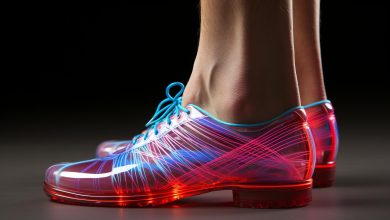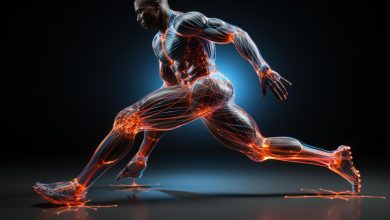How to Prevent and Treat Shin Splints
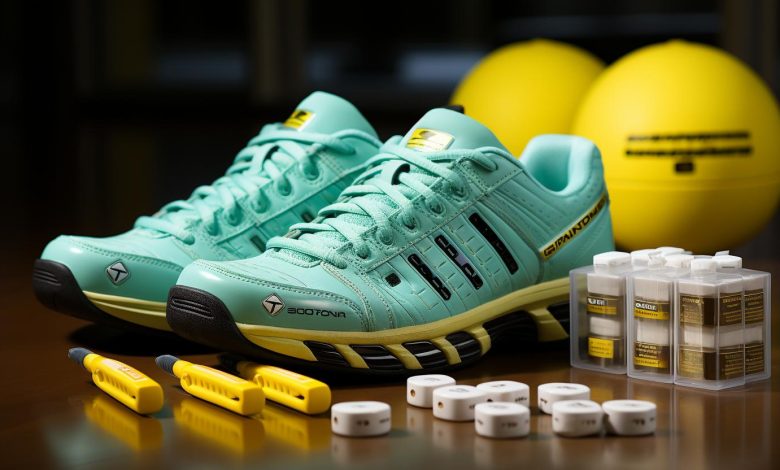
Imagine yourself running through the park, feeling the wind against your face and the freedom in your stride. But suddenly, a sharp pain shoots up your shins, bringing you to an agonizing halt.
Shin splints can be a frustrating setback for any athlete or fitness enthusiast. However, there are practical strategies you can implement to prevent and treat this common condition.
In this article, we will explore effective prevention techniques, treatment options, and rehabilitation exercises that will get you back on track towards achieving your goals.
Common Causes of Shin Splints
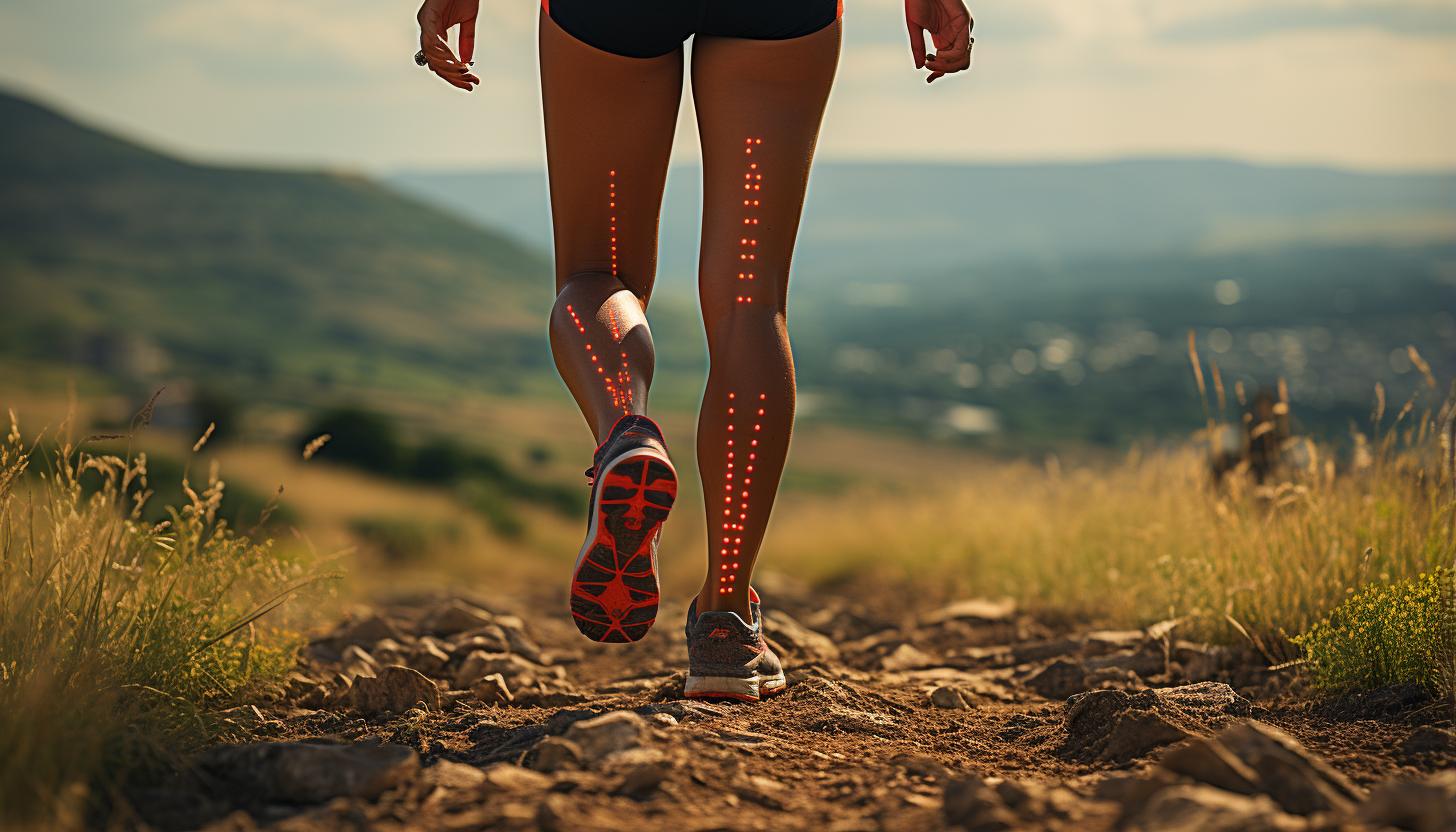
One common cause of shin splints is overusing your leg muscles. Shin splints occur when there is excessive stress on the shinbone and the connective tissues that attach your muscles to the bone. To prevent shin splints, it is important to gradually increase the intensity and duration of your workouts, allowing your body enough time to adapt and strengthen. Wearing proper footwear with good support can also help reduce the risk of developing shin splints.
In addition to prevention tips, exercises for strengthening the shin muscles can be beneficial in preventing shin splints. One effective exercise is toe raises. Stand with your feet hip-width apart and slowly raise up onto your tiptoes, then slowly lower back down. Repeat this exercise for 10-15 repetitions, gradually increasing as you build strength.
Another exercise that targets the shin muscles is ankle dorsiflexion. Sit on a chair with both feet flat on the ground, then lift your toes towards you while keeping your heels on the floor. Hold this position for a few seconds before lowering back down. Perform 10-15 repetitions of this exercise.
Signs and Symptoms of Shin Splints
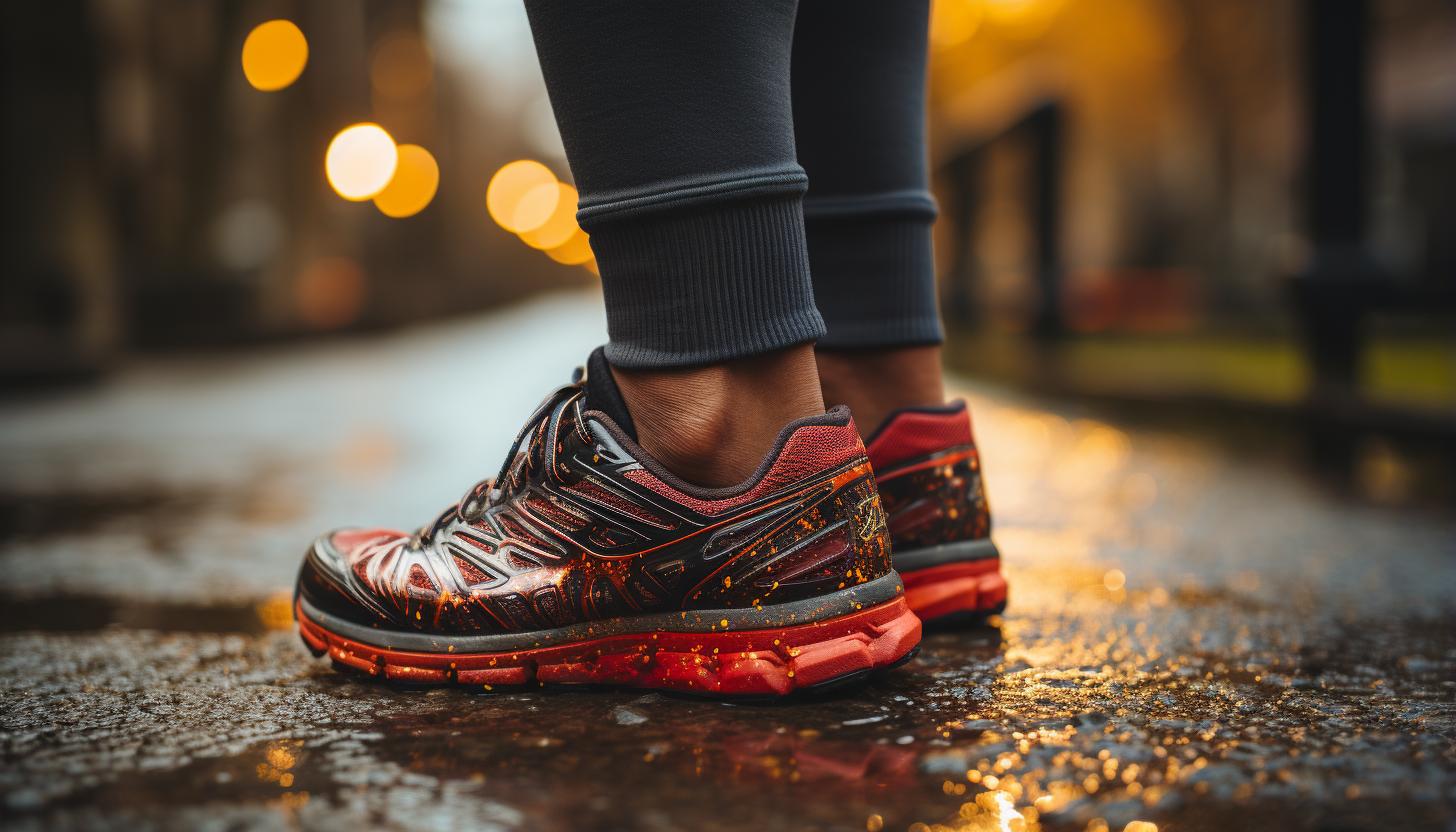
Feeling pain and tenderness along the inner part of your lower leg can be a sign that you may have shin splints. It’s important to recognize the signs and symptoms early on, as prompt treatment can help prevent further complications. Here are some key indicators to watch out for:
1. Pain and tenderness: You may experience a dull ache or sharp pain along the inner side of your shinbone. This discomfort usually worsens during physical activity.
2. Swelling: Shin splints can cause localized swelling in the affected area. Keep an eye out for any visible inflammation or puffiness.
3. Muscle tightness: Tight muscles in your calf or shin area are common with shin splints. You may feel stiffness or a pulling sensation when walking or running.
4. Increased pain with touch: Pressing on the affected area may elicit heightened pain and tenderness.
If you’re experiencing these symptoms, it’s important to consult a healthcare professional for proper diagnosis methods. They will assess your medical history, perform a physical examination, and possibly order imaging tests like X-rays or MRI scans to rule out other conditions and confirm the presence of shin splints.
Several risk factors contribute to developing shin splints, including improper footwear, overuse or sudden increase in physical activity, flat feet or high arches, inadequate stretching before exercise, and running on hard surfaces. By being aware of these risks and taking preventive measures such as wearing appropriate shoes, gradually increasing workout intensity, incorporating stretching exercises into your routine, and varying your training surfaces, you can significantly reduce the likelihood of developing this painful condition.
Effective Prevention Strategies for Shin Splints
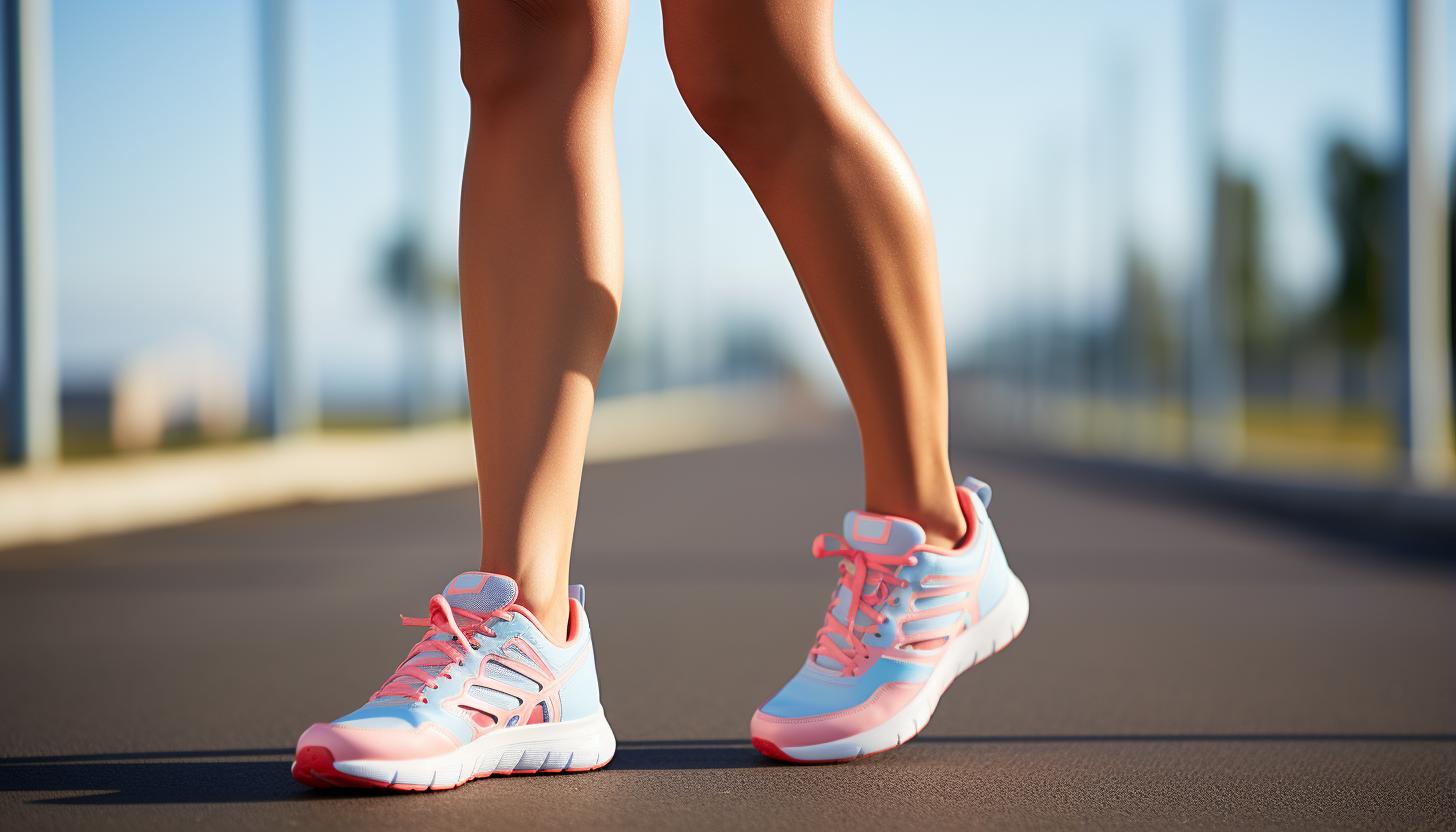
To lower your risk of developing shin splints, it’s crucial to incorporate proper warm-up exercises and gradually increase the intensity of your workouts. Stretching techniques play a vital role in preventing shin splints. Before starting any physical activity, make sure to stretch your calf muscles by performing both static and dynamic stretches. Static stretches involve holding a stretch for 15-30 seconds, whereas dynamic stretches involve moving through a range of motion repeatedly. These stretching techniques can help improve flexibility and reduce the strain on your shins.
In addition to stretching, wearing the right footwear is essential for preventing shin splints. Look for shoes that provide adequate support and cushioning for your feet. Opt for running shoes with shock-absorbing capabilities and stable arch support. It’s also important to replace old or worn-out shoes regularly to maintain optimal cushioning.
By incorporating these stretching techniques and investing in proper footwear, you can significantly reduce your risk of developing shin splints. However, if you do experience symptoms such as pain or tenderness along the front part of your lower leg, it’s important to seek appropriate treatment options promptly.
Transition: Now that we’ve discussed effective prevention strategies for shin splints, let’s explore some treatment options for those who are already experiencing this condition.
Treatment Options for Shin Splints
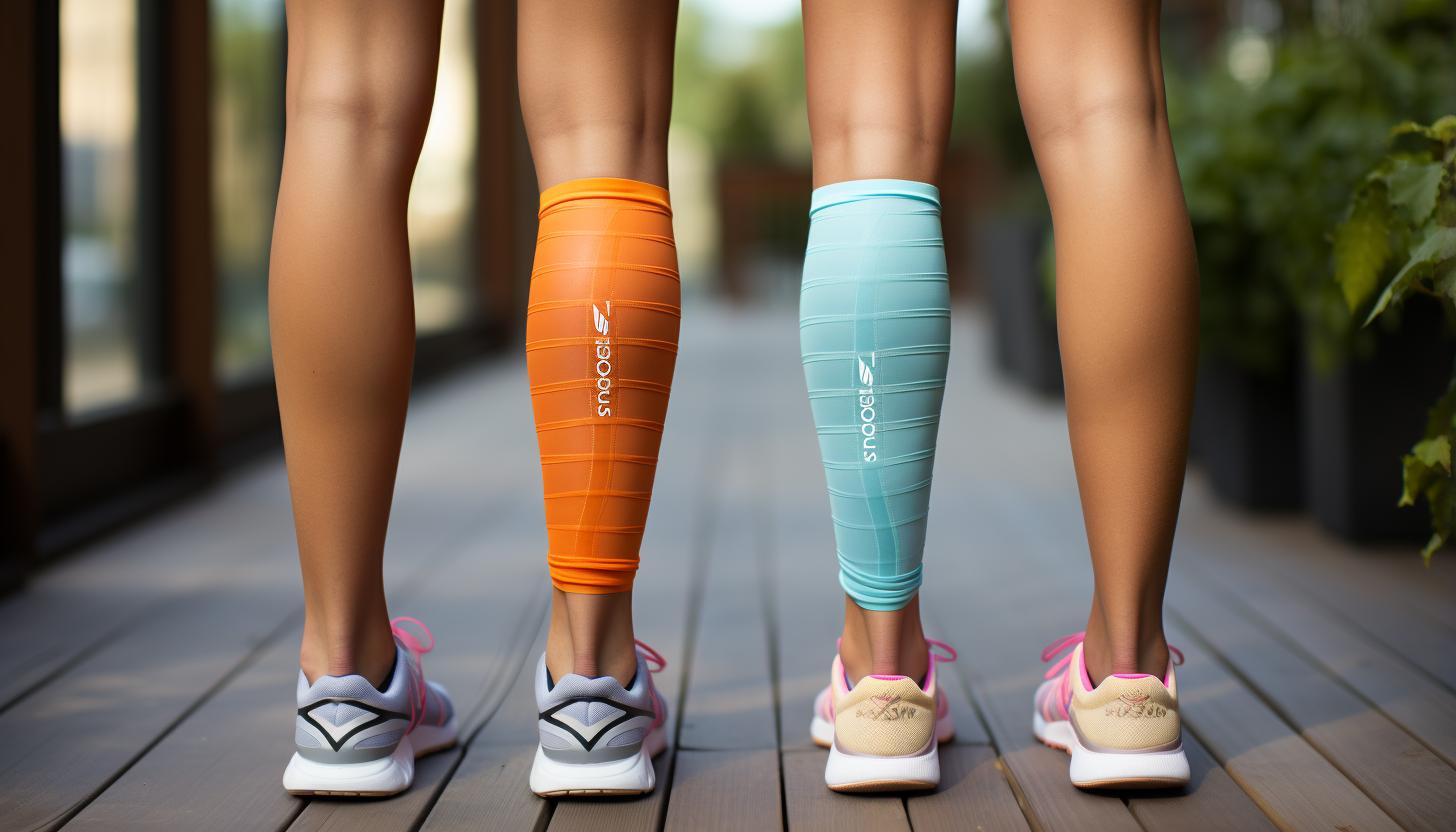
If you’re already experiencing shin splints, there are several treatment options available to help alleviate the pain and promote healing. Here are four effective strategies to consider:
1. Rest: It’s crucial to avoid activities that worsen the pain and give your shins time to heal. Take a break from high-impact exercises like running or jumping until the symptoms subside.
2. Ice therapy: Applying ice packs or cold compresses to your shins for 15-20 minutes several times a day can help reduce inflammation and relieve discomfort.
3. Stretching and strengthening exercises: Specific stretches and exercises can target the muscles in your lower legs, improving flexibility and reducing strain on the shin area. Consult with a physical therapist for guidance on appropriate exercises.
4. Alternative therapies: Some individuals find relief through alternative treatments such as acupuncture, massage therapy, or foam rolling. These methods may help decrease muscle tension and promote blood flow to aid in healing.
While medication options exist for managing pain associated with shin splints, it’s important to note that they should be used under medical supervision if necessary. Nonsteroidal anti-inflammatory drugs (NSAIDs) like ibuprofen can temporarily alleviate pain and reduce inflammation.
Rehabilitation Exercises for Shin Splints

Start by gradually incorporating rehabilitation exercises into your routine to strengthen the muscles in your lower legs and promote healing. Shin splints can be a painful condition caused by overuse or excessive stress on the shin bone and its surrounding tissues. However, with proper rehabilitation exercises, you can effectively treat and prevent shin splints.
Stretching routines are an essential component of any rehabilitation program for shin splints. Begin with gentle calf stretches, holding each stretch for 30 seconds and repeating three times on each leg. This will help improve flexibility and reduce muscle tightness in your lower legs.
In addition to stretching, strengthening exercises are crucial for rehabilitating shin splints. Calf raises are an excellent exercise to target the muscles in your lower legs. Start by standing with your feet hip-width apart and raise up onto your toes, then slowly lower back down. Aim for three sets of 10-15 repetitions.
Other effective strengthening exercises include toe curls using a towel or resistance band, heel drops off a step, and ankle rotations with a resistance band.
Remember to start these exercises gradually and increase intensity or duration over time as tolerated. It’s also important to listen to your body and stop if you experience any pain or discomfort.
Conclusion
Congratulations! You have successfully learned how to prevent and treat shin splints. By understanding the common causes and recognizing the signs and symptoms, you are now equipped to take action.
Implementing effective prevention strategies such as proper warm-up, wearing appropriate footwear, and gradually increasing intensity can greatly reduce your risk.
If you do experience shin splints, don’t worry! Treatment options like rest, ice, compression, and elevation can help alleviate pain.
Remember, just like a well-oiled machine needs maintenance, taking care of your body is essential for optimal performance. So lace up those shoes and keep running towards a shin-splint-free future!

